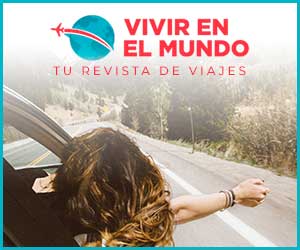If you feel immersed in the whirlwind of modern life, sometimes the passion for gardening can get lost among the multiple daily responsibilities. However, who said you need endless hours to maintain a thriving garden? Let’s explain some ideas that will interest you if you like the world of plants but have little time to take care of them.
Smart Design
Start your journey towards a low-maintenance garden with a well-thought-out design. Opt for perennial plants that require little care and plan their arrangement strategically.

Group plants with similar water needs and sunlight to simplify watering and ensure healthy growth. Also consider the installation of mulch around the plants to reduce the appearance of weeds and maintain soil moisture, eliminating the need for frequent weeding tasks.
Smartly designing your garden not only improves its aesthetics, but also minimizes the necessary effort to maintain it. By thinking about the location and arrangement of your plants, you can create a harmonious space that practically manages itself, allowing you to enjoy the benefits of gardening without feeling overwhelmed by constant tasks.
Choose Plants Wisely
An essential key to low-maintenance gardening is to choose plants that easily adapt to local conditions and are resistant to diseases and pests.
Native plants often require less attention, as they are naturally adapted to the climate and soil in your area. Also, disease-resistant varieties reduce the need for constant treatments.

Succulents, for example, are a popular choice for low-maintenance gardens due to their ability to store water and their hardiness. Other options include lavender, lilies, and trees such as the olive. By selecting plants that adapt well to your environment, you are establishing the foundation for a garden that will thrive with minimal effort on your part.
Efficient Irrigation System
Water management is fundamental for low-maintenance gardening. Installing an efficient irrigation system, such as a drip system or drip irrigation hoses, can greatly simplify this task. These systems allow for uniform water distribution directly to the plant roots, avoiding waste and reducing the frequency of watering.
You can also consider the installation of timers to ensure your plants receive water at optimal times without you having to constantly remember. A well-designed irrigation system not only saves time, but also promotes efficient water use, contributing to the sustainability of your garden.
Minimal Maintenance if You Have a Lawn
If you have a lawn in your garden, it is possible to maintain it with minimal effort. Opt for drought-resistant grass varieties that require less watering and maintenance. Adjust the cutting height of the mower to avoid cutting the grass too short, which could make it more vulnerable to water stress and weeds.

Have you considered the possibility of leaving smaller areas of grass and replacing others with low-maintenance alternatives, such as ground covers or perennial flower beds? It’s a great idea. Reducing the size of the lawn not only decreases the need for maintenance, but also provides additional space for plants that require less care.
Focus on Sustainability
Low-maintenance gardening and sustainability go hand in hand. Incorporate eco-friendly practices, such as composting organic waste to enrich the soil and reduce the need for artificial fertilizers. Also, use recycled materials to build structures in your garden, such as path edges or fences.
The choice of sustainable practices not only benefits the environment, but also contributes to the ease of maintaining your garden. Plants grown in naturally enriched soils tend to be more resistant to diseases and pests, thus minimizing the need for external interventions.
Referrer: MiMub in Spanish









